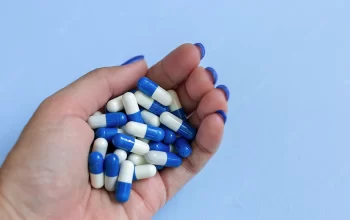In the realm of performance-enhancing substances, one name has been making waves recently— primobolan enanthate. Athletes, bodybuilders, and fitness enthusiasts are increasingly turning to this compound for its touted benefits and minimal side effects.
Primobolan Enanthate, a synthetic derivative of dihydrotestosterone (DHT), has been gaining popularity as a cutting agent, promising lean muscle gains without the associated water retention often seen with other steroids. What sets Primobolan Enanthate apart is its extended release properties, providing a sustained and steady release of the hormone into the bloodstream.
One of the key attractions of Primobolan Enanthate is its ability to promote nitrogen retention and protein synthesis, essential factors for muscle growth and repair. This makes it a favored choice during cutting cycles when athletes aim to preserve muscle mass while shedding excess fat.
Furthermore, Primobolan Enanthate is celebrated for its mild nature. Users report fewer androgenic side effects compared to other anabolic steroids, such as acne, hair loss, and aggression. This makes it a more appealing option for those seeking performance enhancement without the unwanted complications.
Despite its positive attributes, it’s crucial to acknowledge that Primobolan Enanthate is not a magic solution. It demands dedication to a disciplined training regimen and a balanced diet to maximize its effects. Integrating the compound into a well-structured cycle can help users achieve the desired results.
It’s worth noting that Primobolan Enanthate is not without controversy. Some critics argue that its benefits may be overrated, while others emphasize the importance of responsible use and thorough research before incorporating it into a regimen.
In conclusion, the rise of primobolan enanthate in the fitness and bodybuilding community is undeniable. Its unique properties, coupled with minimal side effects, make it an attractive option for those seeking a performance boost. As with any substance, knowledge and caution should guide its use. Whether it becomes a staple in the arsenal of athletes or remains a niche choice, only time will tell.




